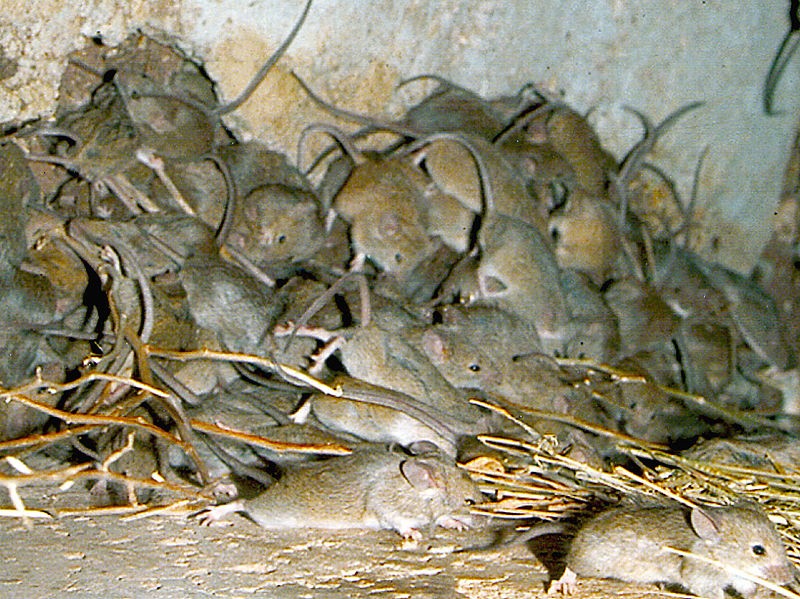Exterminating invasive species from fragile islands has been one of the most significant conservation successes of the twenty-first century.
Eradicating the Rat Infestation

Lord Howe Island has completely eradicated its invading rat and mouse populations in Australia, and the endemic-Australian ecology has recovered almost immediately.
The island, a UNESCO World Heritage Site in the East Tasman Sea, may have been home to these mice as early as the mid-1800s, with the rats coming later in 1918. The native creatures succumbed, as is so frequently the case with biodiversity in Australia.
Their departure has revealed a diversified ecosystem, with fruiting trees, increasing numbers of terrestrial invertebrates, and one of Australia's rarest birds, the flightless woodhen, whose population has quadrupled to 565 in the last three years.
"What is emerging is an ecological renaissance," Hank Bower of the Lord Howe Island board told the Sydney Morning Herald. "Since the rodents have gone, the mantra is: 'I've never seen that before."
"There's a vine whose fruit we don't know what it looks like, and people are photographing insects and sending them to the Australian Museum, which says they've only ever seen three of them, but we're seeing hundreds." Everything is blooming, all the plants are flowering, and a carpet of seedlings has appeared."
Four kinds of land snails, one of which hasn't been seen alive in 20 years, the black-winged petrel, and crickets are among the returning characters on the island.
Poison was put within 22,000 lockable traps across the island, while pellets were spread via helicopter in inaccessible locations. To be sure, rat-catching canines patrol the island every few weeks, but none have been seen since August.
It was "an extraordinarily encouraging omen for the future of conservation," according to Australia's Ministry of Environment.
Since 2000, there have been over 800 successful invasive animal eradications on 181 various islands worldwide, including the notable eradication of feral goats from the Galapagos Islands.
Also Read : Invasive Fire Ants Moved to a New "Wetter" Environment After Old Hills Damaged by Wildfire
Invasive Species

Invasive species can degrade an ecosystem's natural resources while also posing a hazard to human usage of those resources. The ballast water of oceangoing ships, purposeful and unintentional releases of aquaculture species, aquarium specimens or bait, and other methods can all be used to introduce an invasive species to a new location.
Invasive species have the potential to extirpate native plants and animals, reduce biodiversity, compete with native creatures for limited resources, and change environments. This may have massive economic consequences and fundamental disturbances to coastal and Great Lakes ecosystems.
Dealing with Invasive Species
Invasive species might be spiky, spotted, or slithery, but they are harmful to public areas. Nonnative creatures that cause economic or environmental impact and harm to human, animal, or plant health are considered invasive species.
Prevention is the most cost-effective and safest method of controlling invasive species. Detecting invasive species early and responding quickly is far more successful than controlling an infestation.
Invasive species may be subject to control and management measures if eradication is not achievable. Invasive species are controlled, eradicated, or managed using a variety of approaches.
Related Article : 22,000 Traps and 40 Tons of Poison Not Enough to Eradicate Rat Infestation in Lord Howe Islands
For the most recent updates from the animal kingdom, don't forget to follow Nature World News!
© 2025 NatureWorldNews.com All rights reserved. Do not reproduce without permission.





